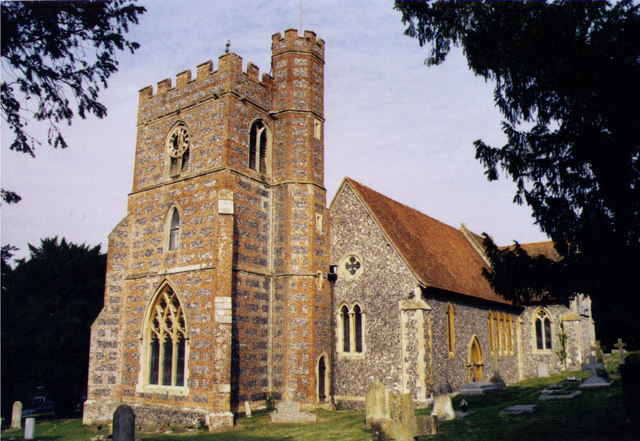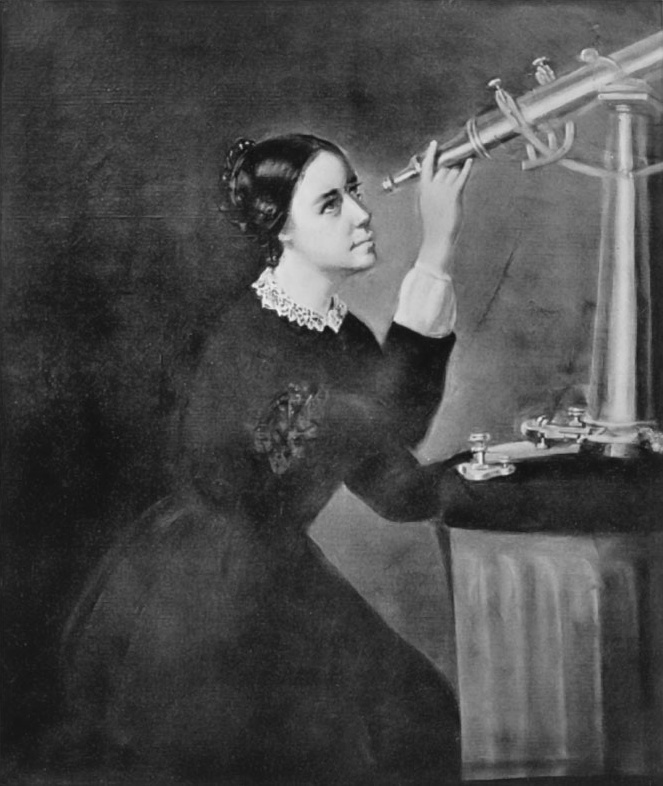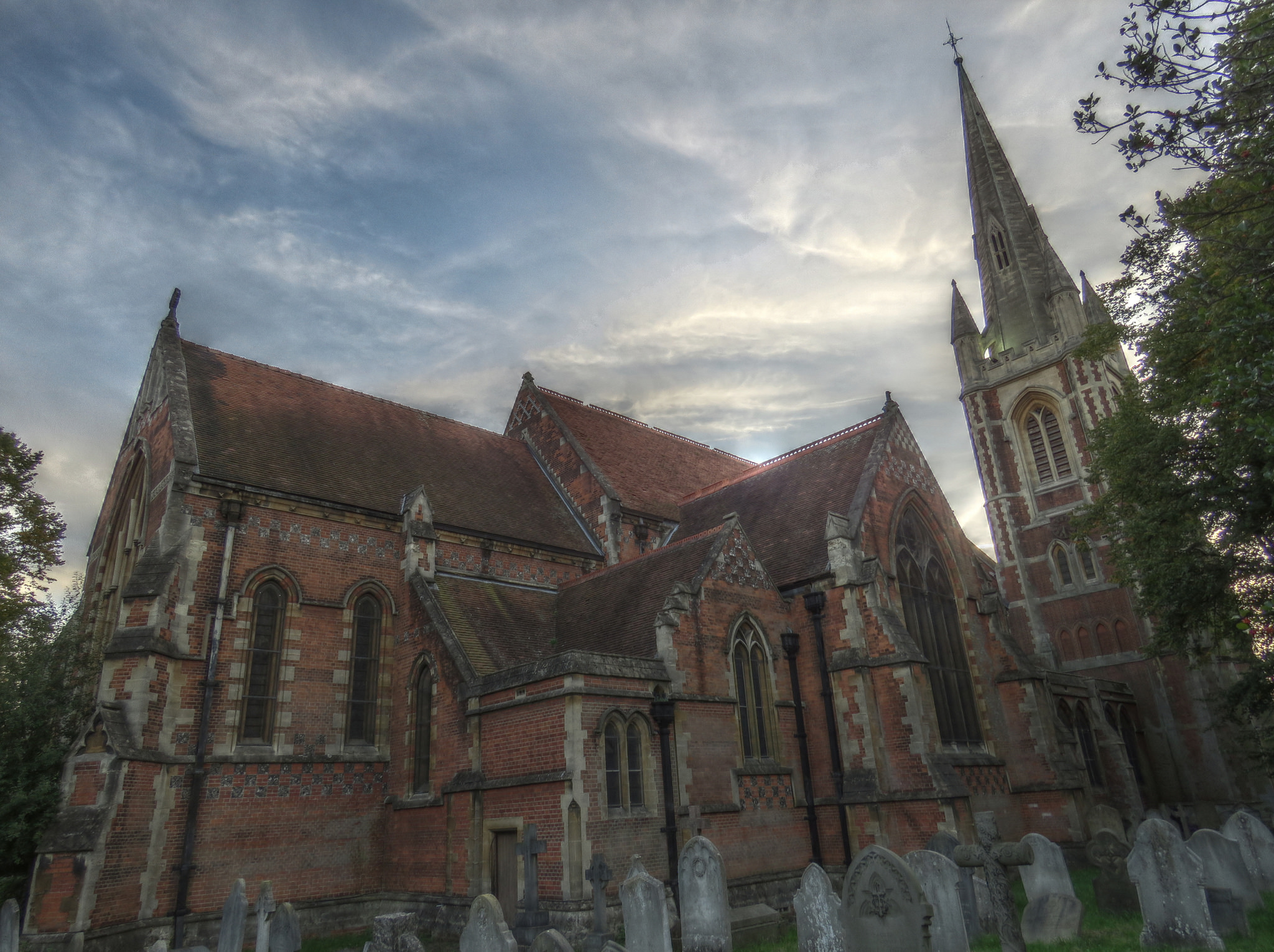|
Catherine Octavia Stevens
Catherine Octavia Stevens (1865-1959) was an amateur astronomer who was Director of the British Astronomical Association Meteor Section from 1905 to 1911. She joined the British Astronomical Association on 27 May 1891.Larsen, Kristine"Shooting Stars: The Women Directors of the Meteor Section of the British Astronomical Association" ''Antiquarian Astronomer'', 2006, Issue 3, pp 76-77 On the 1911 census she gave her occupation as Astronomer, working for the British Astronomical Association. In 1939 her occupation was listed as Meteorologist Astronomer. Her address on the 1911 census was The Plain, Foxcombe Hill, Oxford., a house with an observatory at the top of Boars Hill, Oxford. She lived there from 1910 to 1956. Her first interest was the Sun and she made drawings of sunspots using a 3 inch refractor. Travels Catherine Stevens travelled to see total solar eclipses from Algiers on May 28, 1900, Majorca on August 30, 1905 and Quebec on August 31, 1932. She spent a year in ... [...More Info...] [...Related Items...] OR: [Wikipedia] [Google] [Baidu] |
British Astronomical Association
The British Astronomical Association (BAA) was formed in 1890 as a national body to support the UK's amateur astronomers. Throughout its history, the BAA has encouraged observers to make scientifically valuable observations, often in collaboration with professional colleagues. Among the BAA's first presidents was Walter Maunder, discoverer of the seventeenth century dearth in sunspots now known as the Maunder Minimum which he achieved by analysing historical observations. Later, this spirit of observing the night sky scientifically was championed by George Alcock, who discovered five comets and five novae using nothing more than a pair of binoculars. The BAA continues to contribute to the science of astronomy, even despite modern competition from space-based telescopes and highly automated professional observatories. Modern digital sensors, coupled with techniques such as lucky imaging, mean that even modest amateur equipment can rival what professional observatories could hav ... [...More Info...] [...Related Items...] OR: [Wikipedia] [Google] [Baidu] |
Bradfield, Berkshire
Bradfield is a village and civil parish in Berkshire, England. Aside from farms and a smaller amount of woodland its main settlements are Bradfield Southend, its medieval-founded nucleus and the hamlet of Tutts Clump. Bradfield village is the home of the public school Bradfield College. History In the 12th century Abingdon Chronicle, ''Bradenfeld'' is described as forming part of Abingdon Abbey in 699. The Domesday Book refers to the area as ''Bradefelt''. The name may derive from the Anglo-Saxon brād feld meaning 'broad piece of open land'. In the mid 18th century, the village was the site of two watermills, one fewer than had been recorded in the Doomsday Book 700 years prior. In 1835, the Bradfield Poor Law Union was formed, and a workhouse, designed by Sampson Kempthorne, was built to accommodate 250 people. The small church of St Simon and St Jude was also built on the site. Between 1948 and 1991 the site was known as ''Wayland Hospital'', a residential home for peopl ... [...More Info...] [...Related Items...] OR: [Wikipedia] [Google] [Baidu] |
People From Vale Of White Horse (district)
A person ( : people) is a being that has certain capacities or attributes such as reason, morality, consciousness or self-consciousness, and being a part of a culturally established form of social relations such as kinship, ownership of property, or legal responsibility. The defining features of personhood and, consequently, what makes a person count as a person, differ widely among cultures and contexts. In addition to the question of personhood, of what makes a being count as a person to begin with, there are further questions about personal identity and self: both about what makes any particular person that particular person instead of another, and about what makes a person at one time the same person as they were or will be at another time despite any intervening changes. The plural form "people" is often used to refer to an entire nation or ethnic group (as in "a people"), and this was the original meaning of the word; it subsequently acquired its use as a plural form of per ... [...More Info...] [...Related Items...] OR: [Wikipedia] [Google] [Baidu] |
People From Bradfield, Berkshire
A person ( : people) is a being that has certain capacities or attributes such as reason, morality, consciousness or self-consciousness, and being a part of a culturally established form of social relations such as kinship, ownership of property, or legal responsibility. The defining features of personhood and, consequently, what makes a person count as a person, differ widely among cultures and contexts. In addition to the question of personhood, of what makes a being count as a person to begin with, there are further questions about personal identity and self: both about what makes any particular person that particular person instead of another, and about what makes a person at one time the same person as they were or will be at another time despite any intervening changes. The plural form "people" is often used to refer to an entire nation or ethnic group (as in "a people"), and this was the original meaning of the word; it subsequently acquired its use as a plural form of per ... [...More Info...] [...Related Items...] OR: [Wikipedia] [Google] [Baidu] |
1865 Births
Events January–March * January 4 – The New York Stock Exchange opens its first permanent headquarters at 10-12 Broad near Wall Street, in New York City. * January 13 – American Civil War : Second Battle of Fort Fisher: United States forces launch a major amphibious assault against the last seaport held by the Confederates, Fort Fisher, North Carolina. * January 15 – American Civil War: United States forces capture Fort Fisher. * January 31 ** The Thirteenth Amendment to the United States Constitution (conditional prohibition of slavery and involuntary servitude) passes narrowly, in the House of Representatives. ** American Civil War: Confederate General Robert E. Lee becomes general-in-chief. * February ** American Civil War: Columbia, South Carolina burns, as Confederate forces flee from advancing Union forces. * February 3 – American Civil War : Hampton Roads Conference: Union and Confederate leaders discuss peace terms. * February 8 ... [...More Info...] [...Related Items...] OR: [Wikipedia] [Google] [Baidu] |
Women Astronomers
The following is a list of astronomers, astrophysicists and other notable women who have made contributions to the field of astronomy. __NOTOC__ A * Madge Adam (1912–2001), English solar astronomer * Maggie Aderin-Pocock (born 1968), English space scientist * Conny Aerts (born 1966), Belgian astrophysicist specializing in asteroseismology * Aglaonike (c. 1st or 2nd Century BCE), ancient Greek astronomer and thaumaturge * María Luisa Aguilar Hurtado (1938–2015), Peruvian astronomer * Eva Ahnert-Rohlfs (1912–1954), German variable star astronomer * Elizabeth Alexander (1908–1958), English geologist and physicist * Leah Allen (1884–1973), American astronomer and educator * Adelaide Ames (1900 - 1932), American astronomer * Anja Cetti Andersen (born 1965), Danish astronomer focused on cosmic dust * Necia H. Apfel (born 1930), American astronomer and educator * Alice Archenhold (1874–1943), German astronomer * Anne Archibald, Canadian astronomer and educator B ... [...More Info...] [...Related Items...] OR: [Wikipedia] [Google] [Baidu] |
George Gilbert Scott
Sir George Gilbert Scott (13 July 1811 – 27 March 1878), known as Sir Gilbert Scott, was a prolific English Gothic Revival architect, chiefly associated with the design, building and renovation of churches and cathedrals, although he started his career as a leading designer of workhouses. Over 800 buildings were designed or altered by him. Scott was the architect of many iconic buildings, including the Midland Grand Hotel at St Pancras Station, the Albert Memorial, and the Foreign and Commonwealth Office, all in London, St Mary's Cathedral, Glasgow, the main building of the University of Glasgow, St Mary's Cathedral in Edinburgh and King's College Chapel, London. Life and career Born in Gawcott, Buckingham, Buckinghamshire, Scott was the son of the Reverend Thomas Scott (1780–1835) and grandson of the biblical commentator Thomas Scott. He studied architecture as a pupil of James Edmeston and, from 1832 to 1834, worked as an assistant to Henry Roberts. He also worked as ... [...More Info...] [...Related Items...] OR: [Wikipedia] [Google] [Baidu] |
John Oldrid Scott
John Oldrid Scott (17 July 1841 – 30 May 1913) was a British architect. Biography He was the son of Sir Gilbert Scott (George Gilbert Scott) and his wife Caroline (née Oldrid). His brother George Gilbert Scott Junior and nephew Sir Giles Gilbert Scott were also prominent architects. In 1868 he married Mary Ann Stevens, eldest daughter of the Reverend Thomas Stevens, founder of Bradfield College. One of his nine children, Charles Marriott Oldrid Scott, worked in his architectural practice. At the end of his career he lived in Peasmarsh, near Rye, East Sussex, and the sale of his farmhouse and 136 acres was mentioned in the national press in 1928. Works *St Stephen's Greek Orthodox Chapel, West Norwood Cemetery: started ''circa'' 1873 * St. Peter's Church, Clayworth, Nottinghamshire: restoration 1874–75 *St Michael and All Angels' Church, Stourport-on-Severn, Worcestershire: continuation of church designed by his father Sir G. G. Scott but unfinished at his death in 1881. ... [...More Info...] [...Related Items...] OR: [Wikipedia] [Google] [Baidu] |
Cotesbach
Cotesbach is a village and civil parish in the Harborough District, Harborough district of Leicestershire, England. The nearest town is Lutterworth, about to the north. Rugby is 6 miles south of the parish. The River Swift flows through the parish, to the north of the village. The parish is located near the M1, M6 and A5, with the main settlement just off the A426 Rugby Road, which was built to bypass the village. Until the year 2000 the village had a small post-office, operated inside the porch of a resident's cottage. History The name 'Cotesbach' is believed to mean the dwelling of a person called 'Cott's', which is next to a valley with a stream. In Middle English 'beche' is translated to mean a river or flow of water in a valley. Three places in Cotesbach parish are believed to be sites of early settlements of round houses, dating from around 800 to 42 BC. The Roman period saw some changes for Cotesbach, especially with the creation of nearby roads such as Watling Stree ... [...More Info...] [...Related Items...] OR: [Wikipedia] [Google] [Baidu] |
Bradfield College
Bradfield College, formally St Andrew's College, Bradfield, is a public school (English independent day and boarding school) for pupils aged 11–18, located in the small village of Bradfield in the English county of Berkshire. It is noted for producing plays in Ancient Greek and its open-air amphitheatre. The school is a member of the Rugby Group, which also includes Rugby, Harrow, Shrewsbury, Wellington College and Charterhouse. The college was founded in 1850 by Thomas Stevens, Rector and Lord of the Manor of Bradfield. It has around 490 male and 320 female pupils. Overview According to the ''Good Schools Guide'', "Thoroughly unpretentious yet with lots to boast about, Bradfield is a heavenly place to learn and to grow. Very difficult to imagine who would not thrive here. There's something for everyone and lots for all." The school, which admits pupils between the ages of 13–18, has been fully co-educational since September 2005. All first year pupils (Fourth Form ... [...More Info...] [...Related Items...] OR: [Wikipedia] [Google] [Baidu] |
Rotorua
Rotorua () is a city in the Bay of Plenty region of New Zealand's North Island. The city lies on the southern shores of Lake Rotorua, from which it takes its name. It is the seat of the Rotorua Lakes District, a territorial authority encompassing Rotorua and several other nearby towns. Rotorua has an estimated resident population of , making it the country's 12th largest urban area, and the Bay of Plenty's second largest urban area behind Tauranga. Rotorua is a major destination for both domestic and international tourists; the tourism industry is by far the largest industry in the district. It is known for its geothermal activity, and features geysers – notably the Pōhutu Geyser at Whakarewarewa – and hot mud pools. This thermal activity is sourced to the Rotorua Caldera, in which the town lies. Rotorua is home to the Toi Ohomai Institute of Technology. History The name Rotorua comes from the Māori language, where the full name for the city and lake is . ''Roto'' m ... [...More Info...] [...Related Items...] OR: [Wikipedia] [Google] [Baidu] |


_1938.jpg)





